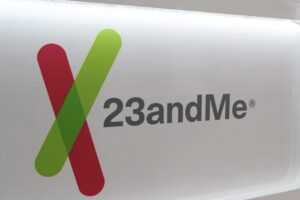In a groundbreaking medical first, Shanghai-based HuidaGene Therapeutics has administered a CRISPR-based therapy directly into the brain of a 9-year-old boy with MECP2 duplication syndrome—a rare, often fatal neurodevelopmental disorder. Within 12 weeks, the child showed improvements in motor skills and responsiveness.
This is the first-ever human use of CRISPR in the brain, and only the second use of RNA-targeting CRISPR (Cas13Y) in humans, aiming to moderate gene expression without altering DNA. HuidaGene is also advancing CRISPR therapies for Duchenne muscular dystrophy (DMD), using Cas12 enzymes and high-dose AAV9 vectors.
Unlike many U.S. biotechs focusing on single platforms, HuidaGene is building a modular editing toolkit: DNA cutting (Cas12), RNA knockdown (Cas13), base editing, and epigenetic tools.
Key takeaways:
- Human proof-of-concept achieved in brain and muscle diseases.
- No serious adverse events reported so far.
- Raises ethical questions around first-in-human trials, pediatric consent, and investigator-initiated pathways in gene editing.
With U.S. gene editing efforts slowed by regulatory hurdles and investor caution, China’s biotech sector is quietly leapfrogging ahead. CEO Alvin Luk, formerly of Biogen and Spark Therapeutics, notes that HuidaGene’s programs will likely need global partnerships to advance to Phase 3.
As CRISPR moves from lab to clinic, Bioethics.Tech will be tracking these developments closely.
🔗 Read Full Article at Endpoints News
Endpoints News : “China startup injects CRISPR therapy into the brain for the first time”, by Ryan Cross. April 21, 2025
As an interesting aside, as of today, April 22, 2025, estimates suggest that roughly 200-250 people worldwide have been treated with CRISPR-based therapies in clinical trials.


